So you have already started to scuba dive and now you want to take it to the next step and try some underwater photography. Here are a few of my top tips to remember before you even get in the water.
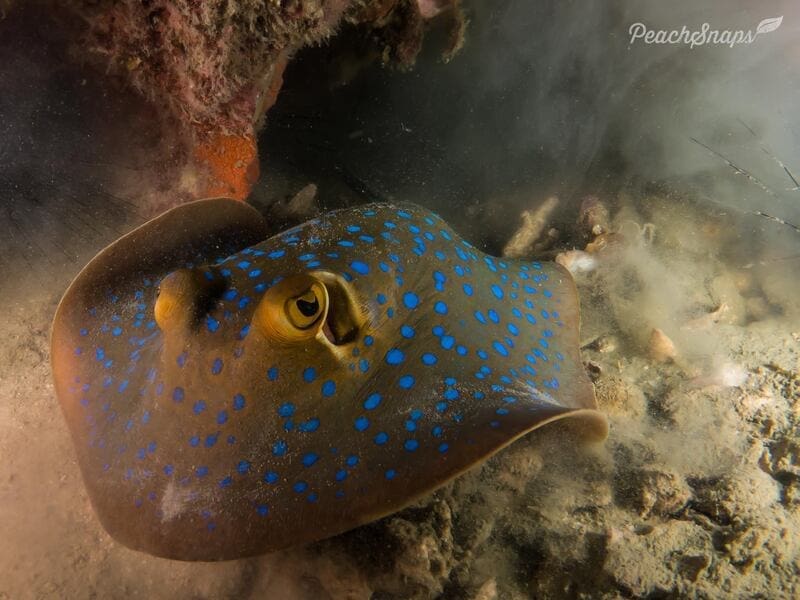
Are you ready to start underwater photography?
You may have passed your open water course but are you ready to add another element to your scuba diving experience? After passing your Open Water course you are ready to scuba dive around the world. But are you truly ready to also master a camera underwater?
For most people, it is unlikely that their buoyancy skills will be good enough to take the best underwater pictures if you just finished your beginner open water diver course. If you are serious about getting into underwater photography. I would advise getting your advanced diver course or at the very least a lot of practice fun diving at the open water level. This will give you time to get comfortable and confident with your movements underwater making it safer and easier to get those amazing shots.
Best camera for underwater photography?
Buying your first underwater camera for underwater photography can be stressful as there are so many to chose from. On top of that, you also need to decide what kind of camera housing you want.
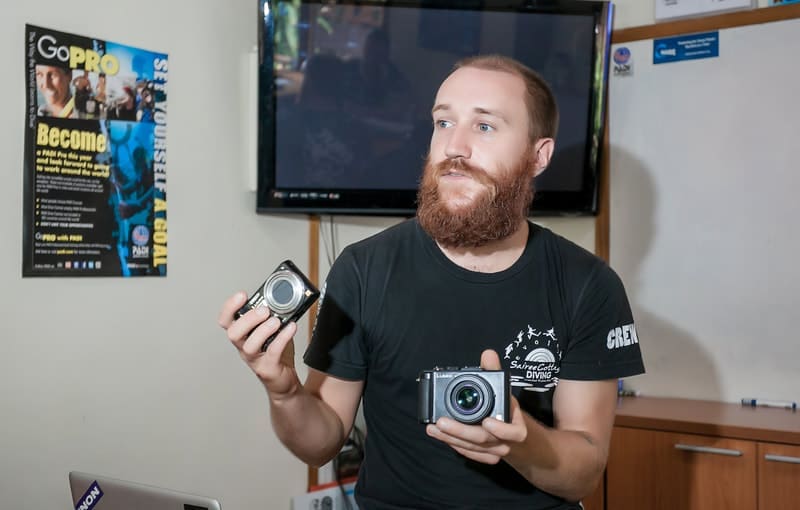
It helps if you are already experienced with photography on land. If you already know how cameras work then go for what you know. If you are new to photography, then I recommend keeping it simple. The best camera for beginner underwater photography is a basic compact model. Basic compact cameras are so advanced these days that you can achieve great shots without breaking the bank.
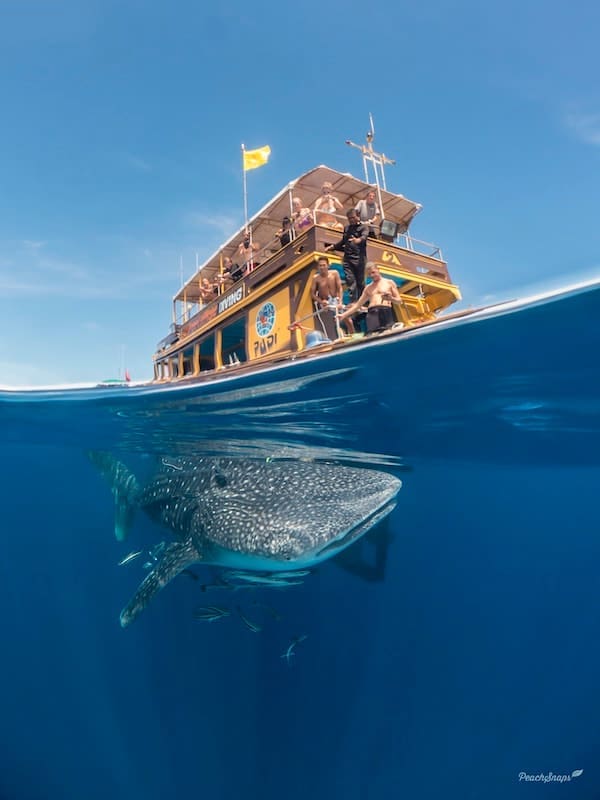
Where are you and what are you doing?
You have done some dives and bought yourself an underwater camera. You feel confident in your buoyancy and general scuba diving skills. You are ready to explore and start your new passion for underwater photography, but where to dive?
To get the best opportunities to practice your first shots we recommend you to research your diving destinations before entering the water. Understanding the dive site, potential currents, and other conditions. Can give you an edge in finding the best spot to take underwater pictures.
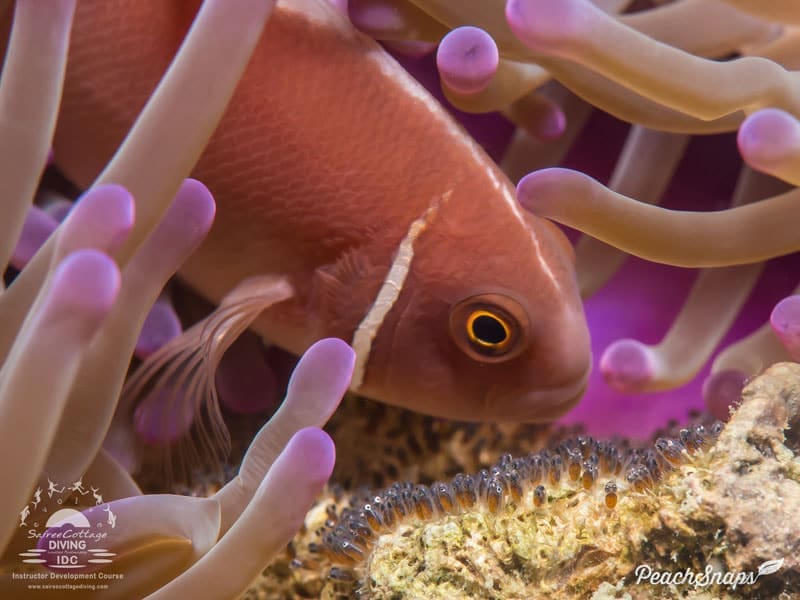
Even more important is researching the marine life on the dive site before the dive. This can help you to recognize species and where to find them. Once you get more experienced at underwater photography you can learn fish and coral’s behaviors and get even better at taking the perfect underwater photo.
Fast track your underwater photography skills
For most of us, diving is a once or twice a year holiday so we don’t get a lot of time to practice these skills and learn all the relevant knowledge. Fast track yourself by booking an underwater photography course with your dive shop. In this Digital Underwater Photography course, they will teach you lots of different underwater photography tips, like your position, the perfect angle depending on the species, dealing with light, flash, editing and so much more.
The best tip is to experiment a lot, take lots of pictures, bring your underwater camera on every dive and you will be surprised how fast you will improve. As John Wooden famously said:
“The importance of repetition until automaticity cannot be overstated. Repetition is the key to learning.”

Author:
Paddy Peach Steele is a passionate underwater photography that has taken award winning marine life pictures. Please check out his portfolio on Instagram: @peachsnapsphotography
What to check out next?
Do you want to learn more about how scuba divers communicate underwater? Then check out our Scuba Diving Hand Signals Blog as your next read.
Frequently Asked Questions About Underwater Photography for Beginners
Why do underwater photos often appear blue or lack vibrant colors?
Water absorbs light, especially red, orange, and yellow wavelengths, as depth increases. This absorption causes underwater images to have a blue or green tint and reduces overall color vibrancy. Using artificial lighting, like strobes or flashes, can help restore lost colors.
How can I improve the color and clarity of my underwater photos?
- Get Close to Your Subject: Minimize the water between you and the subject to reduce distortion and color loss.
- Use Artificial Lighting: Employ strobes or flashes to reintroduce lost colors and enhance contrast.
- Adjust White Balance: Manually set your camera’s white balance or use underwater modes to correct color tones.
- Shoot in Clear Conditions: Choose days with good visibility and minimal particulate matter in the water.
What camera settings are recommended for beginners in underwater photography?
- Mode: Start with auto or program mode to let the camera handle exposure.
- Focus: Use continuous autofocus to track moving subjects.
- ISO: Set to a low value (e.g., 100-400) to reduce noise.
- Aperture: Use a mid-range aperture (e.g., f/5.6 to f/8) for a balance between depth of field and light.
- Shutter Speed: Maintain a speed fast enough to prevent motion blur (e.g., 1/125s or faster).
Is it better to shoot in RAW or JPEG format underwater?
Shooting in RAW format is preferred as it retains more image data, allowing for greater flexibility in post-processing, especially for correcting color and exposure issues common in underwater photography.
What are common mistakes to avoid in underwater photography?
- Shooting from Above: Avoid capturing subjects from directly above; instead, shoot at eye level or slightly upward for more engaging compositions.
- Neglecting Buoyancy Control: Poor buoyancy can lead to blurry images and damage to marine life.
- Overusing Flash: Improper flash use can cause backscatter; position strobes correctly and use diffusers.
- Ignoring Composition: Apply basic photography principles like the rule of thirds to create balanced images.
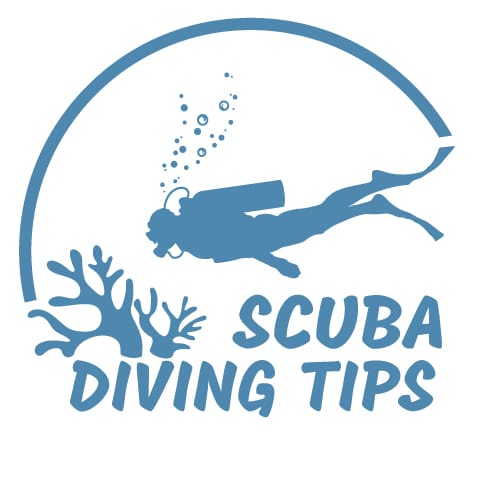

Leave a Reply